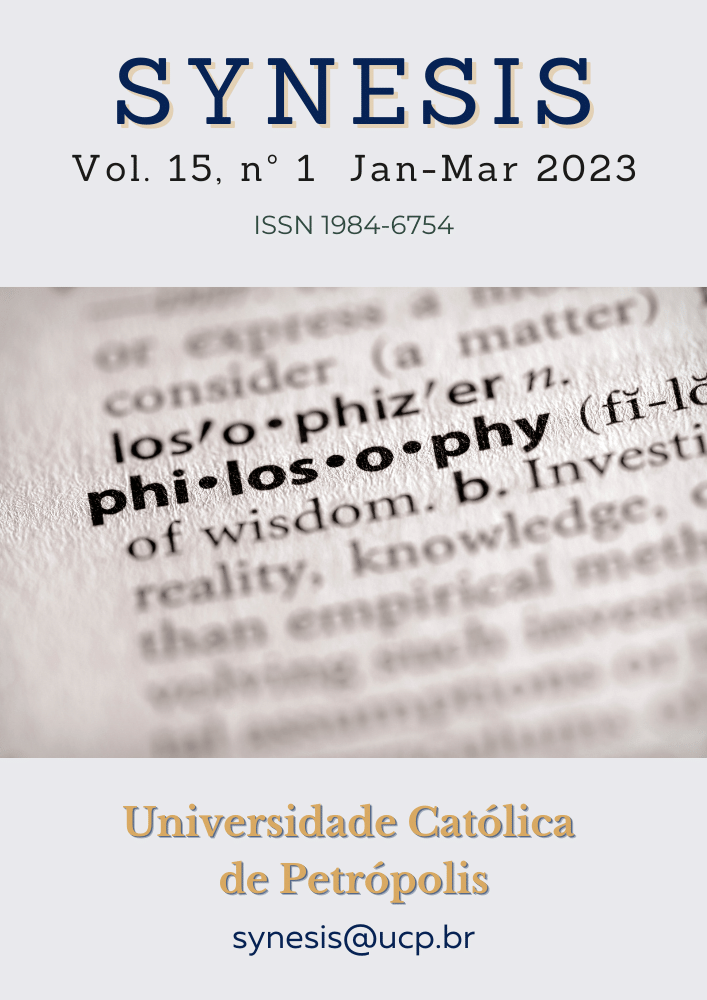Abstract
Adolescence is marked by rapid physical, emotional, social, and cognitive changes. They face emotional challenges in communication, self-control, conflict resolution, or problem solving. Therefore, high school students need to be consulted and supported both in the learning environment and in daily life. The study was carried out with the aim of identifying school consultation demand and factors affecting the consultation demand of high school students in the Mekong River Delta. The cross-sectional study was conducted with 450 participating students in Dong Thap Province. The results show that the scale measuring factors related to the school consultation demand has high reliability (Cronbach's Alpha > 0.6), The average value of the factors affecting the students’ demand for school counseling is, respectively, career guidance activities of 3.86/5, mental health of 3.80/5, life skills education of 3.73/5, learning method of 3.5/5, relationship with friends of 3.46/5, relationship with teachers of 3.31/5, and relationship with family of 3.25/5. Through multivariable regression analysis, the factors affecting the consultation demand of high school students in order of decreasing percentage of contribution to the model are career guidance activities (42.09%), psychological emotions (23.37%), relationships with friends (13.11%), relationships with teachers (11.18%), and life skills education (10.25%).
References
Akram, M. (2021). Need Assessment Counseling for School Adolescent Students. . Education, Sustainability & Society, 4(1), 28-32.
Aziz A, Sumangala V. (2015). Counseling needs of higher secondary school students of kerala: an exploration into the teacher perception. J Res Method Edu, 5(3), 25-28.
Cook, C. R., Coco, S., Zhang, Y., Duong, M. T., Renshaw, T. L., Long, A. C., & Frank, S. (2018). Cultivating positive teacher–student relationships: Preliminary evaluation of the establish–maintain–restore method. School Psychology Review, 47(3), 226-243.
de Anda, D., Franke, T. M., & Becerra, R. M. . (2009). Latino parents’ and adolescents’ perceptions of needs and issues of adolescents in their community. Child and Adolescent Social Work Journal, 26, 415-430.
Gerbing, D. W. & Anderson, J. C. (1988). Updated Paradigm for Scale Development Incorporating Unidimensionality and Its Assessment. Journal of Marketing Research, 25, 186-192.
Hair Jr., J. F. et al. (1998). Multivariate Data Analysis with Readings. Englewood Cliffs, NJ: Prentice-Hall.
Hoang Trong, Chu Nguyen Mong Ngoc. (2008). Data Analysis using SPSS. Hanoi, Vietnam: Hong Duc.
Hughes, J. N., Wu, J., Kwok, O., Villarreal, V., & Johnson, A. Y. (2012). Indirect effects of child reports of teacher-student relationship on achievement. Journal of Education Psychology, 104(2), 350-365.
Lendrum A, Humphrey N. . (2012). The importance of studying the implementation of interventions in school settings. Oxford Review of Education, 38, 635-652.
Luna-Adame M, Carrasco-Gimenez TJ, Rueda-Garcia Mdel M. (2013). Evaluation of the effectiveness of a smoking prevention program based on the 'Life Skills Training' approach. Health Educ Res, 28, 673-682.
M., J. (2014). Children with mental disorders: Making sense of their needs and the systems that help them. National Health Policy Forum, 799, 2-24.
M., S. (2010). Psychological well-being and self-esteem in Slovak adolescent.
Mai, B. T. X (2006). Current status of consultation demand of students - recommendations and solutions. Proceedings of the workshop: Building and developing a consultation network in schools, Hanoi, 2006.
McGivern RF, Andersen J, Byrd D, Mutter KL, Reilly J. (2002). Cognitive efficiency on a match to sample task decreases at the onset of puberty in children. Brain Cognition, 73-89.
Reinhold Müller, P.B. (1994). A critical discussion of intraclass correlation . Statistics in Medicine, 13(23-24), 2465 - 2476.
Riney SS, Bullock LM. (2012). Teachers' perspectives on student problematic behavior and social skills. Emotional Behavioral Difficulties, 17(2), 195-211.
Roseth, C. J., Johnson, D. W., & Johnson, R. T. (2008). Promoting early adolescents’ achieve ment and peer relationships: The effects of cooperative, competitive, and individualistic goal structures. Psychological Bulletin, 134, 223-246.
Smith EA, Swisher JD, Vicary JR, Bechtel LJ. . (2004). Evaluation of life skills training and infused-life skills training in a rural setting: Outcomes at two years. Journal of Alcohol and Drug Education., 48, 51-70.
Tabachnick B.G. and Fidell L.S. . (2001). Using Multivariable statistics. Boston.
Uzunboylu, H., & Özmen, S. (2021). Research orientations related to guidance and counselling programmes: A content analysis study. Anales de Psicología / Annals of Psychology, 37(1), 88-100.
Wills, T. (2021). Adolescent Health and Health Behaviors. International Encyclopedia of the Social & Behavioral Sciences, 105-112.

This work is licensed under a Creative Commons Attribution-NonCommercial-NoDerivatives 4.0 International License.
Copyright (c) 2023 Synesis (ISSN 1984-6754)

